Australia’s counter-terror forces overstretched due to ‘unprecedented caseload’
COUNTER-terror forces are so stretched that most suspected extremists are not under observation as intelligence agencies are overwhelmed by ‘persons of interest’.
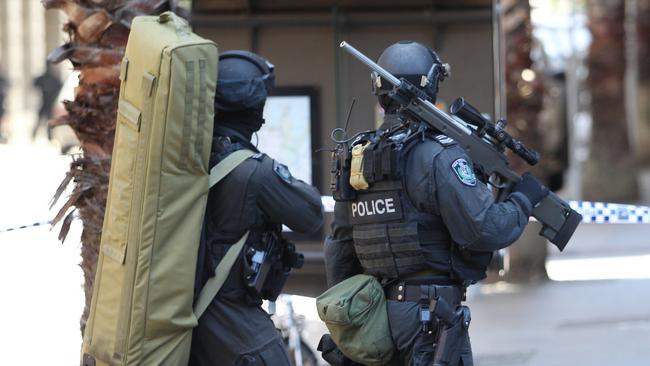
National
Don't miss out on the headlines from National. Followed categories will be added to My News.
EXCLUSIVE
COUNTER-TERROR forces are so stretched they can monitor only a handful of more than 400 active cases involving people thought capable of committing or supporting acts of terror in Australia.
With Australian Federal Police funding and staff set to decline, and ASIO reporting an “unprecedented caseload” of high-cost investigations, there are questions whether the home front is properly resourced and protected.
Australian Strategic Policy Institute chief executive Peter Jennings said the popular concept of a national terror “watch list” was a fable, and that most suspected extremists are not under observation.
“There is no list and no process for moving on or off it,” Mr Jennings told News Corp. “It’s more a case of applying limited resources to the most obvious pressure points, a form of security triage.”
Manchester suicide bomber Salman Abedi, flagged to authorities as a young Islamic obsessive who was able to travel home from Libya unchallenged, is a classic case of someone who avoided monitoring due to under-resourcing.
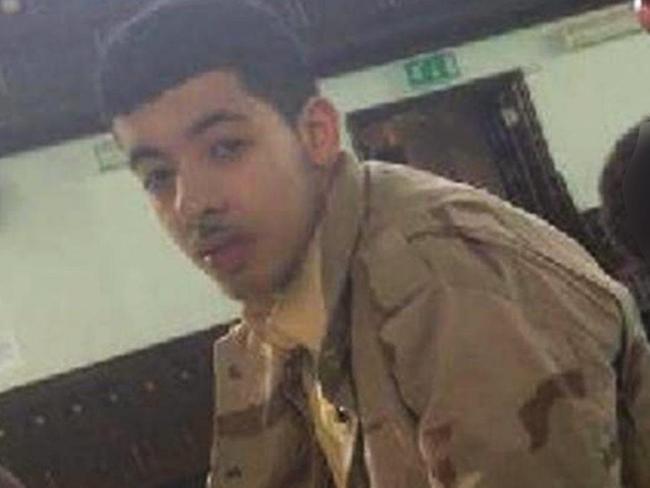
MANCHESTER: ‘No religion ever said you can kill’
MANCHESTER CRIME SCENE: Leaked pics a ‘betrayal of trust’
In the 2017 budget, the government announced an “additional” $321m for additional 300 AFP staff, which it calls “the single biggest investment in the AFP’s domestic policing in a decade”.
However, the money will be allocated over four years and AFP numbers will decline as a greater number exit the agency than the 300 staff replacing them.
“The AFP will be smaller in four years than it was in 2015 if attrition rates continue,” said Graeme Connor of the AFP Association.
FEDERAL BUDGET 2017: Five-minute guide
“The AFP is arguably at the centre of the government’s counter-terror arrangements. It’s the principle agency.
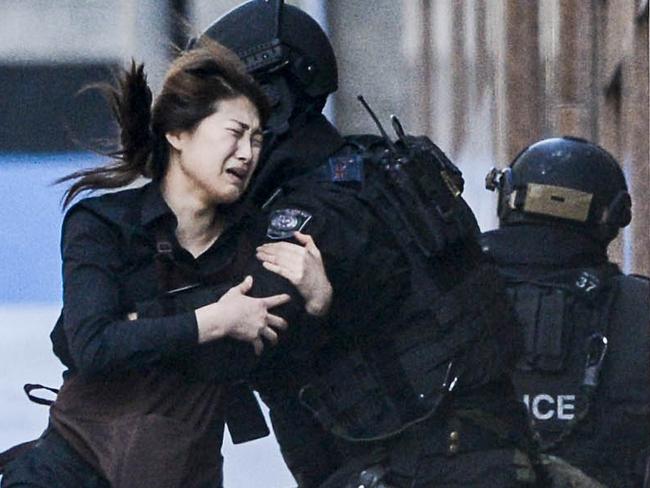
“I wouldn’t accept there was ever a good time to contemplate a reduction in AFP numbers, but considering the threat level and operational tempo, this is surely not the time to be contemplating it.”
Forward estimates show the AFP will lose $184m over four years and next year staffing levels will drop by 151 personnel. The AFP confirmed there would be cuts during Thursday’s Senate estimates.
Added to this, the key counter-terror agencies also remain subject to the government’s “efficiency dividend”, requiring them to pull in costs.
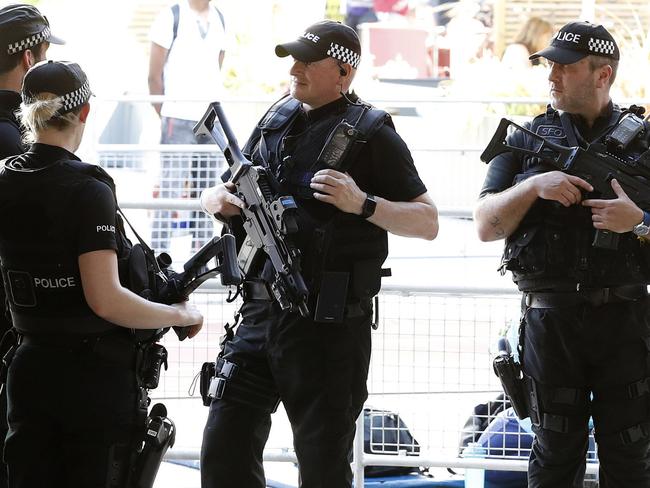
Earlier this year, the Parliamentary Joint Committee on Intelligence and Security recommended that the “efficiency dividend be removed from all ASIO, ASIS and AFP operations”. The government did not take up that recommendation in the budget.
ASIO told the committee it would be required to return almost $100m to government over coming years which would “likely have broader effects on operational capabilities and capacity”.
The current terror threat risk in Australia is rated at the mid-range “Probable”, and Prime Minister Malcolm Turnbull said through the week that “the protection that our agencies give is substantial, but it cannot be 100 per cent”.
LINDT SIEGE INQUEST: Police boss Mick Fuller wants ‘shoot to kill’ clarity
Asked if CT agencies were stretched, the office of Michael Keenan, Minister Assisting the Prime Minister for Counter Terrorism, did not respond, but stated: “In just over two years, we have invested an additional $1.5 billion to support and strengthen Australia’s counter-terrorism efforts.”
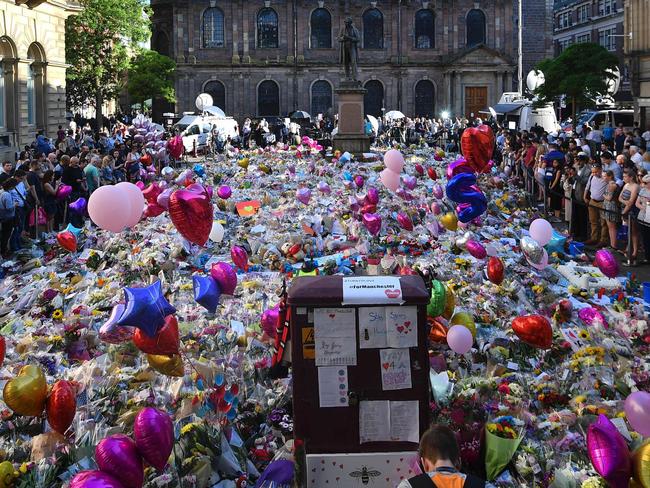
That figure is impossible to give meaning to. Of the six key federal agencies involved in CT, only the AFP and ASIO publish annual reports. The budgets of others, such as ASIS and the Australian Signals Directorate, are described as “NFP” — not for publication.
Labor’s Justice shadow Clare O’Neil said the government “talks a big game about keeping Australia safe but the numbers show completely a different story. Even the AFP leadership have confirmed the Government is cutting AFP personnel and funding for policing.”
Terror expert Greg Barton said that “the workload for police and intelligence practitioners is roughly tenfold what it was five years ago before rise of IS.
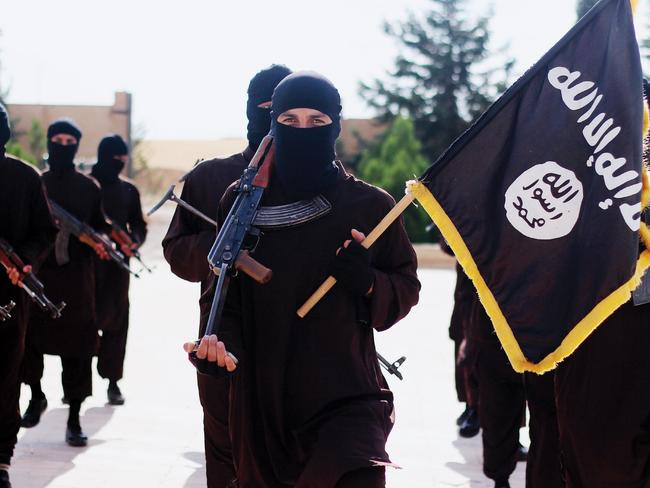
“The feeling among agencies is they haven’t got the resources, but terrorism is bottomless pit. There are other sources of violence that are more significant in Australia such as DV and youth suicide.
“Even if resources are generous, we’re going to have to try and find ways of using them more efficiently.”
Mr Barton said UK agencies had only 60 of an estimated 3000 people of concern under 24/7 watch. In the case of Manchester, it appeared police had not actioned repeat warnings from Libyan locals about Abedi’s radicalisation, ignoring the greatest asset available to authorities: the community.
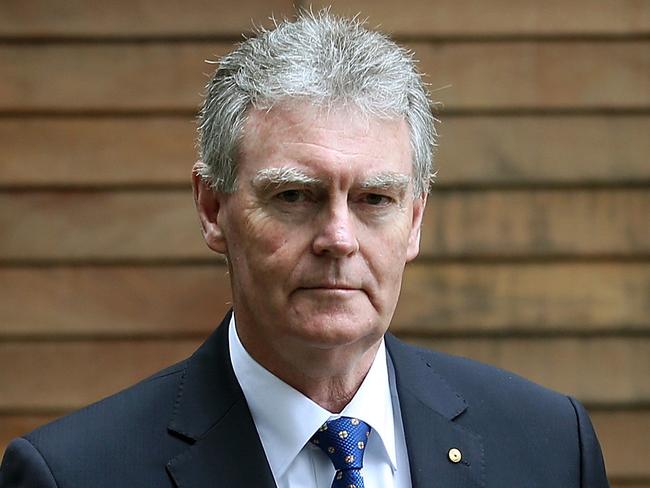
ASIO Director-General Duncan Lewis, testifying on Friday before a Senate committee, described a “steadily worsening overall security and operational environment”, which required it to “redirect resources to respond to heightened threats to our own staff, facilities and operations”.
He did not elaborate.
Mr Jennings said the commonly cited figure of 400 suspected homegrown extremists was likely an underestimation given they were probably backed by family networks, as allegedly seen in the case of Abedi.
This is consistent with his view that the characterisation of the “lone wolf” terrorist, self-radicalizing in a bedroom, is myth. Mr Jennings said in most cases they had been nurtured by others, meaning they had networks and should be easier to monitor.
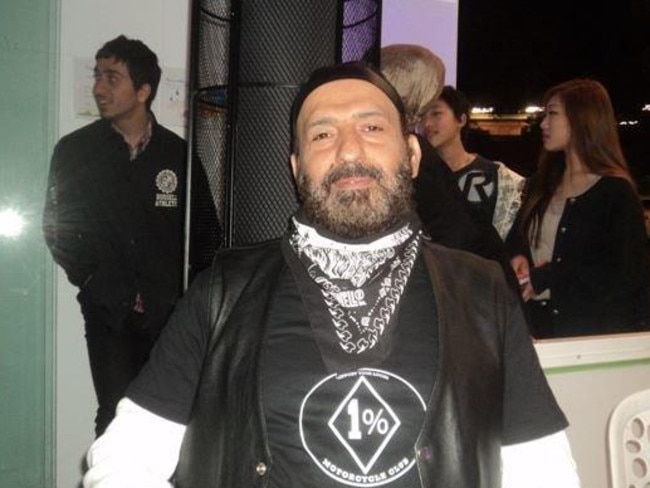
“The real problem here is one of volume,” he said. “In Western countries the police, security and intelligence services are simply overwhelmed with ‘persons of interest’ and they have to make hard decisions about where to put the surveillance effort.
“If (Man Haron) Monis didn’t meet the threshold for incarceration or being kept under close watch, that tells you we face a real problem.”
Mr Jennings said Australia remained in a good position relative to South-East Asia and some European countries where extremist numbers are greater, and said the problems did not relate to the quality of policing.
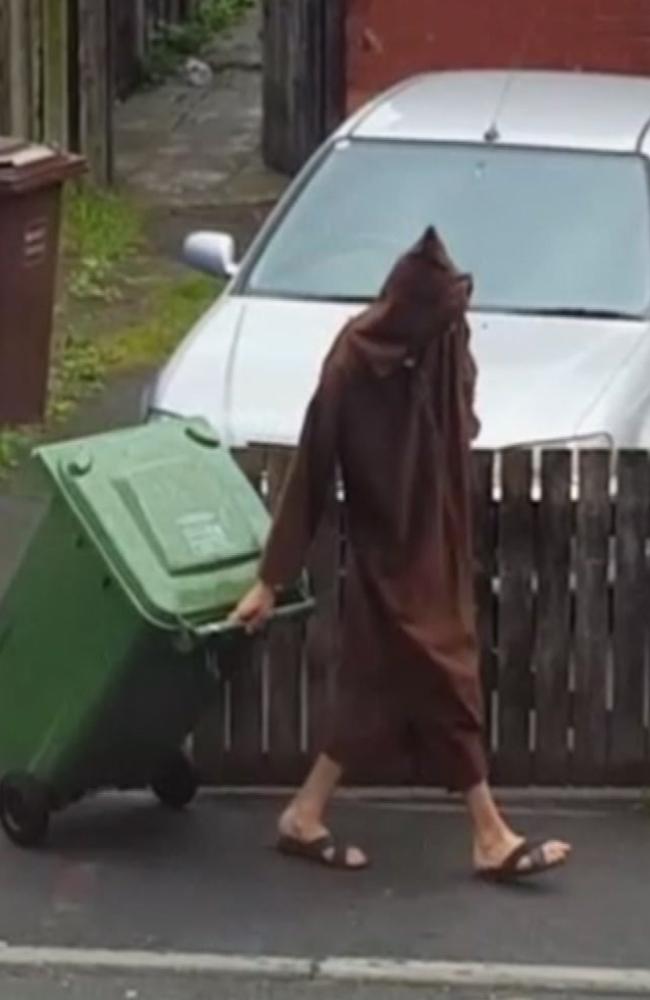
“But I think our police and security services are stretched to the limit with monitoring persons of interest,” he said. “Again, if Monis didn’t make the cut for monitoring, that suggests to me that we have a problem.”
Mr Keenan’s office stated: “Australia’s law enforcement and intelligence agencies are the best in the world at what they do. Since 2014 they have foiled 12 planned attacks on home soil.
“These attacks plans were disrupted because of the intelligence and surveillance capabilities of our agencies.”
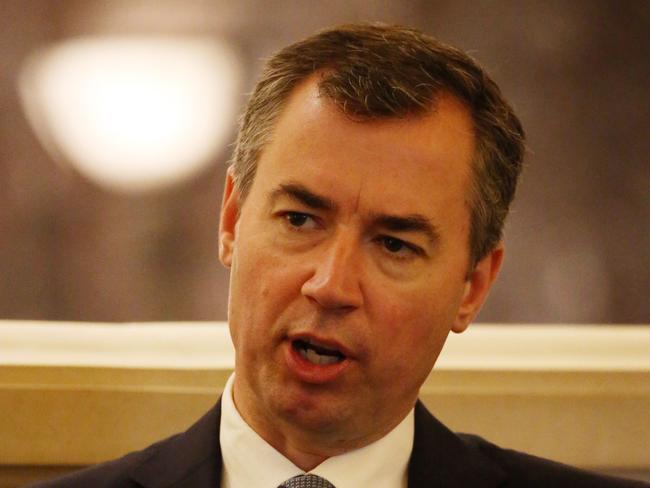
Attorney-General George Brandis stated on Wednesday that the government spared no effort to “give the agencies and law enforcement the powers that they need to be in the best possible position to protect our people”.
But the question goes beyond legal powers to adequate resourcing for surveillance.
There is no Australian agency solely dedicated to CT. Mr Connor said the AFP had small and specific CT squad, but most officers with forensic, surveillance or special-response capability only became involved as required.
“The AFP overall is shrinking. It has been shrinking for some time,” he said.
The number who present a threat are difficult to quantify beyond the 400 active cases.
It is known there are 100 people fighting in Syria and Iraq; another 200 under investigation for supporting them; 200 people who have had their passports blocked since 2014; and some 300 stopped at airports. Some of them will crossover.
“Think of even small family networks beyond that and 400 could be an underestimation,” said Mr Jennings.


